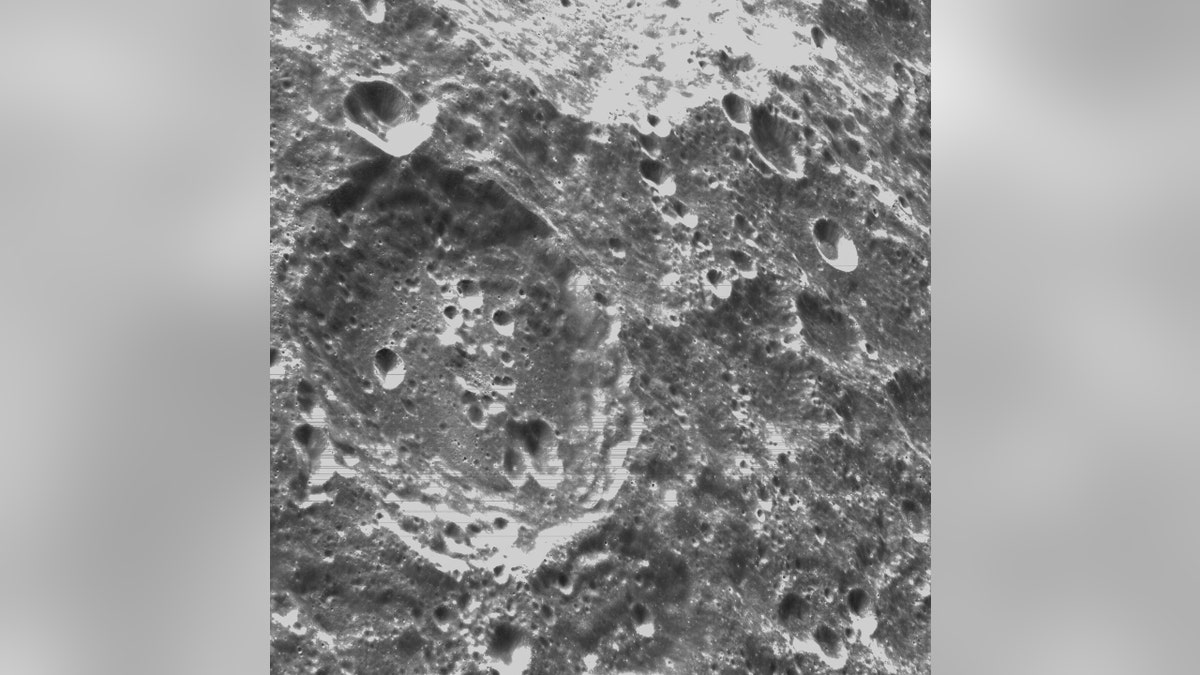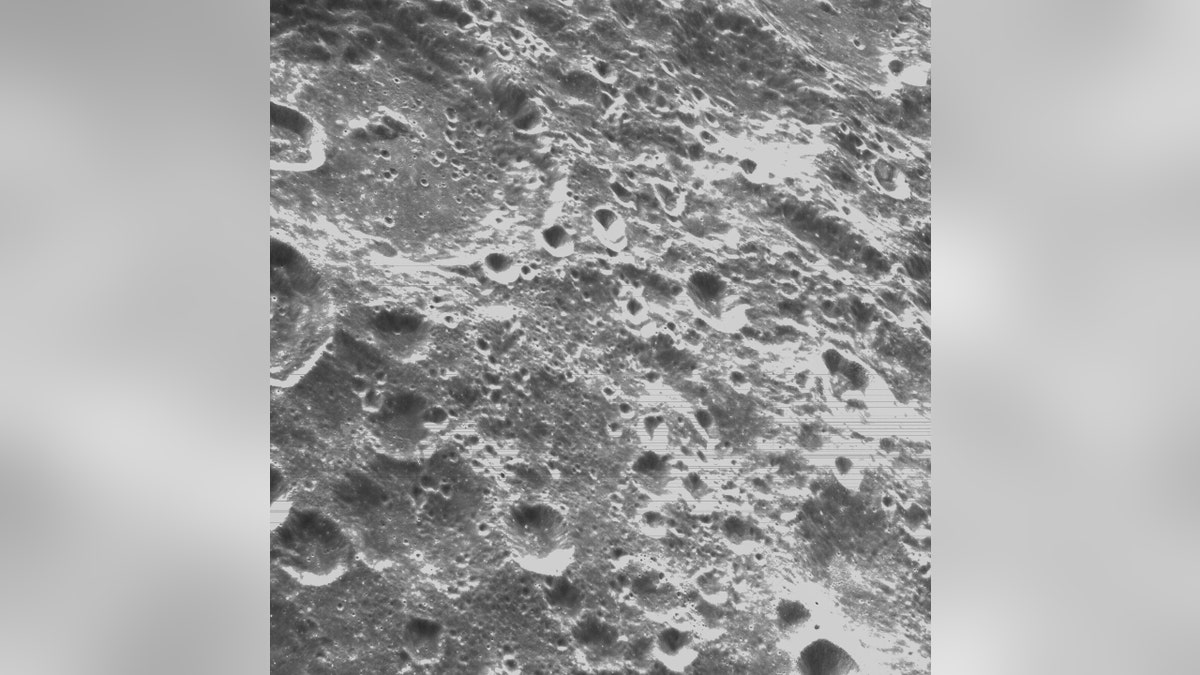NASA successfully launches historic Artemis I moon mission.
Former NASA astronaut Tom Jones speaks on what the launch of Artemis I could mean for the future of space exploration on 'Your World.'
NASA's Artemis I Orion spacecraft's camera snapped some stunning new images of the moon and its crafters this week.
Using the Optical Navigation Camera on the sixth day of the mission, the black-and-white images highlight billions of years of history.
"Orion uses the optical navigation camera to capture imagery of the Earth and the moon at different phases and distances, providing an enhanced body of data to certify its effectiveness under different lighting conditions as a way to help orient the spacecraft on future missions with crew," NASA said in a caption alongside the photos.
Scientists have learned about the conditions of our early solar system by studying the composition, size and distribution of the craters, created long ago by collisions with asteroids.
FOLLOWING 'UNEXPECTED LOSS' NASA SAYS ORION SPACECRAFT COMMUNICATIONS RESTORED
Orion flew just over 81 miles above the lunar surface during its closest approach on Monday morning, traveling at 5,102 mph.

On the sixth day of the Artemis I mission, Orion’s optical navigation camera captured black-and-white images of craters on the moon. (NASA Johnson)
At the time of the lunar flyby, the spacecraft was more than 230,000 miles from Earth.
Using the European Service Module, Orion is currently preparing for a critical maneuver that will send the capsule into a high and "distant" orbit around the moon.

The moon's craters as seen by Orion's camera. (NASA Johnson)
NASA SPACE CAPSULE ROUNDS THE MOON
It will remain in this orbit for about a week to test spacecraft systems before returning to Earth.

The moon shown on the sixth day of the Artemis I mission. (NASA Johnson)
On Thursday afternoon, the capsule was traveling 222,993 miles from Earth and 55,819 miles from the moon.
CLICK HERE TO GET THE FOX NEWS APP
It will not splash down in the Pacific Ocean until December.


